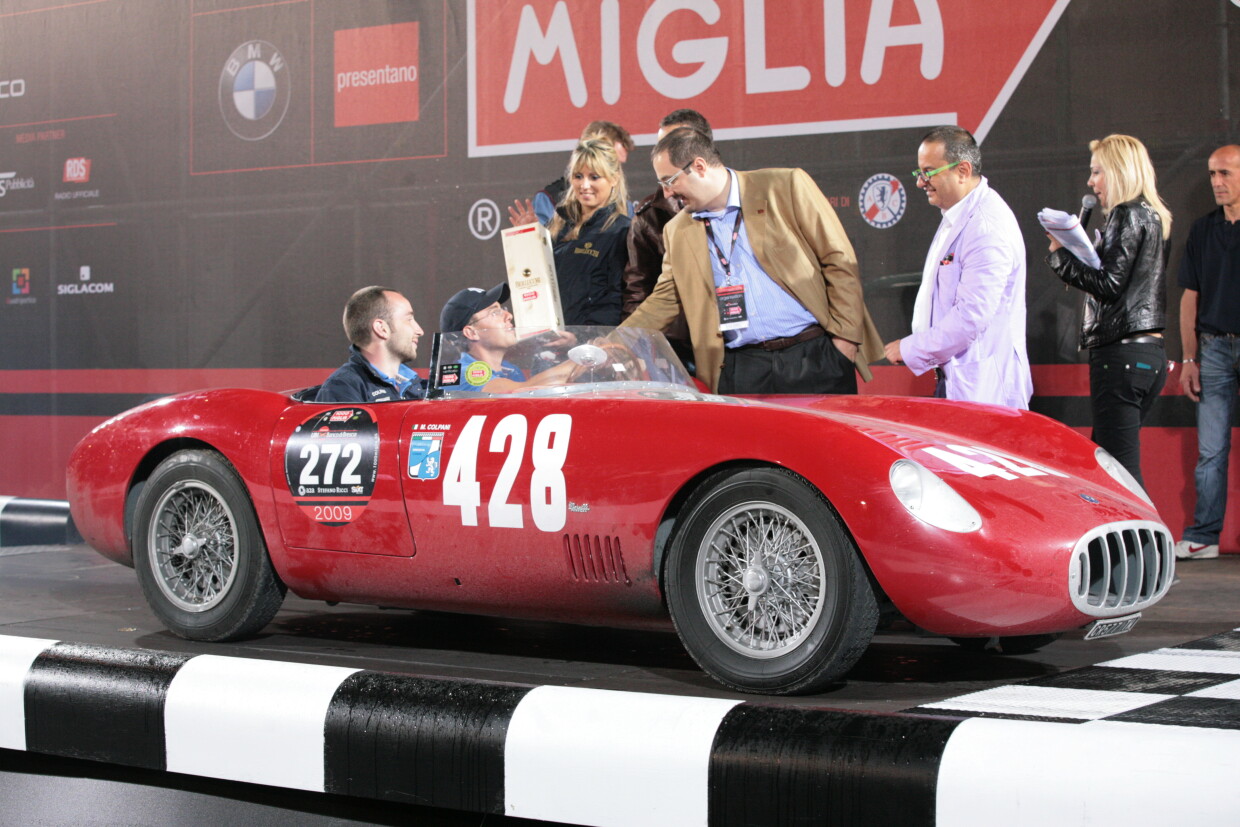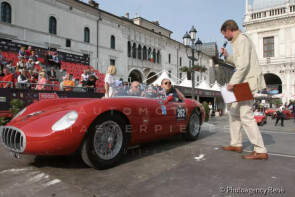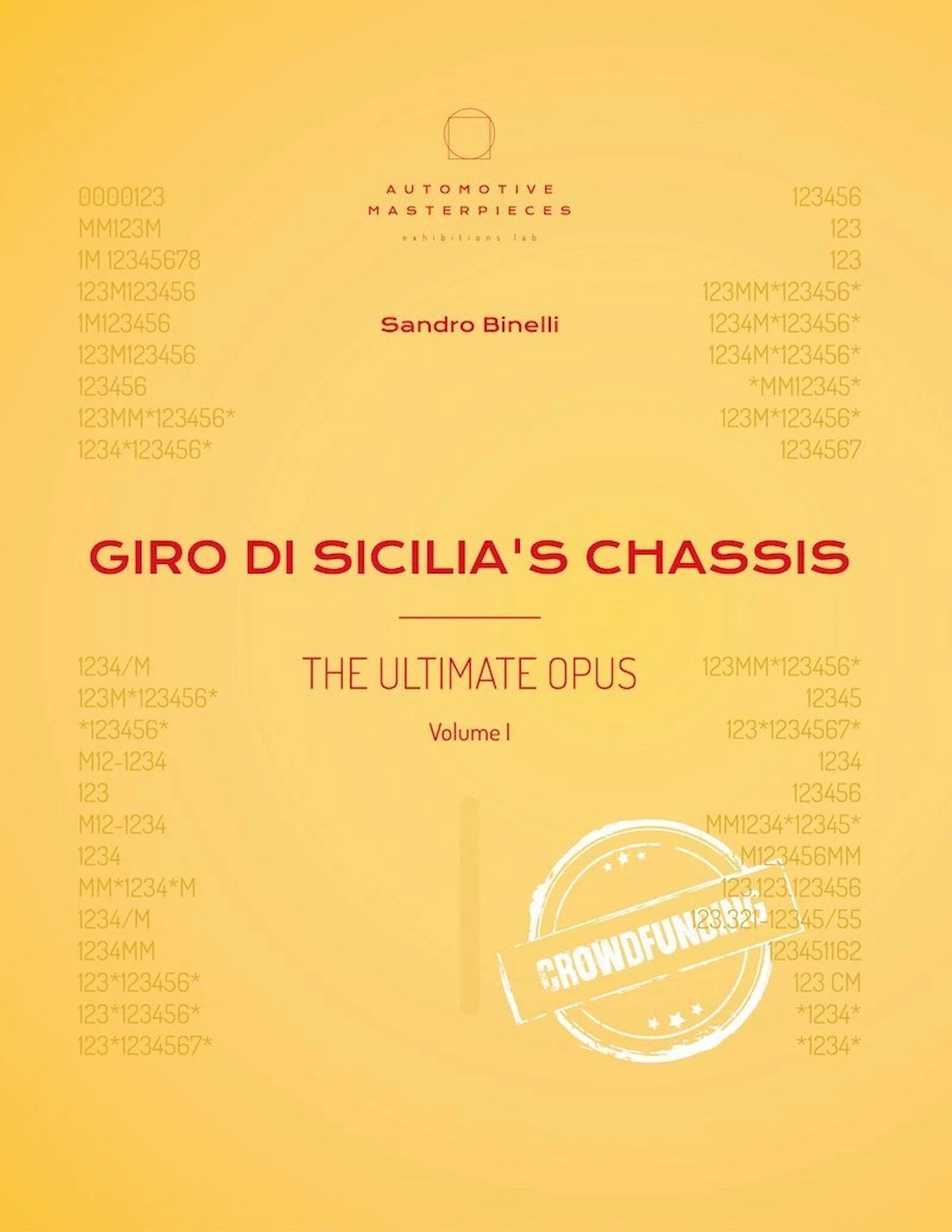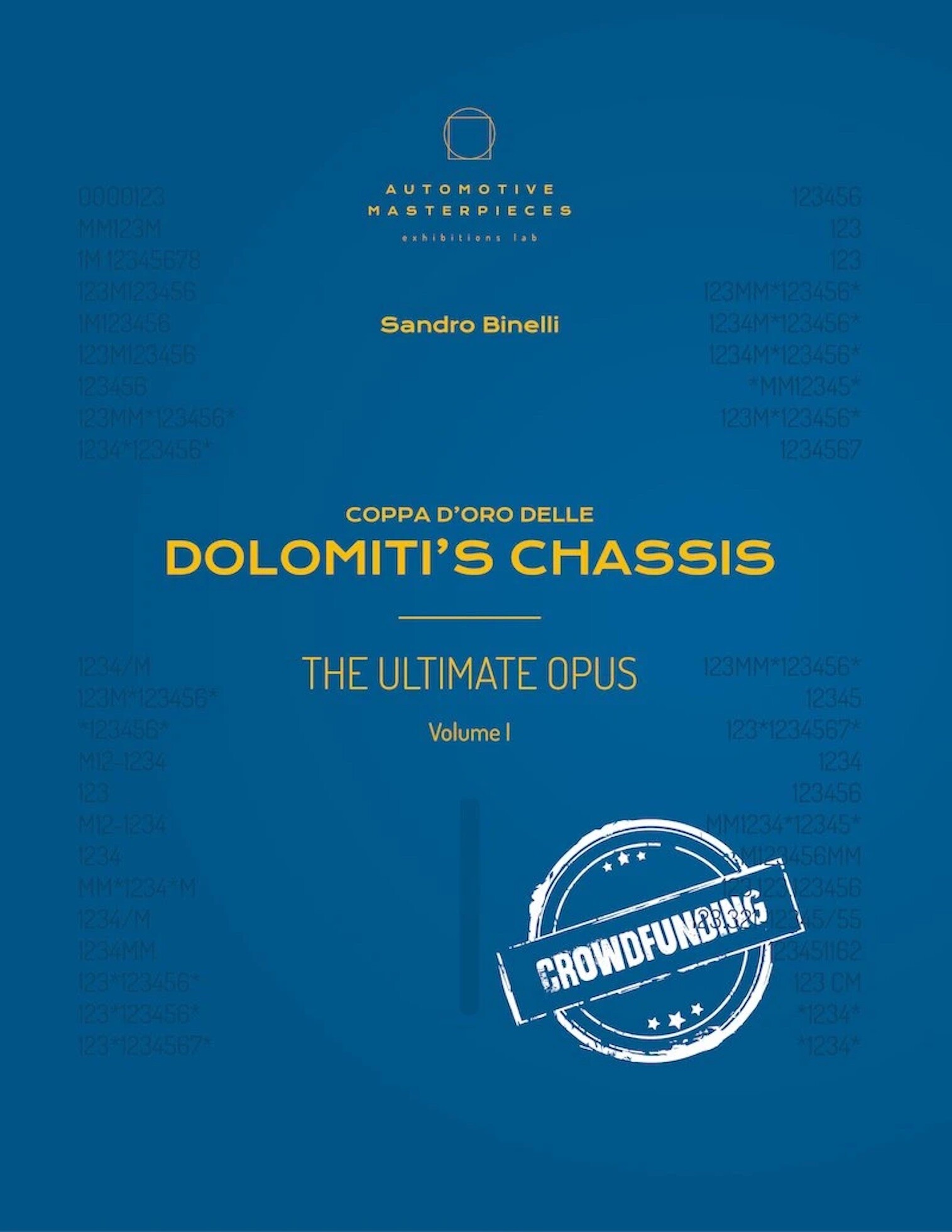
1954 O.S.C.A. MT4-2AD 1500
ON/OFF
Why am I an Automotive Masterpiece?
L. Limited edition cars
no. 80 manufactured. no. 80 manufactured
In 1937 the three surviving Maserati brothers, Ettore, Ernesto and Bindo, sold out to the Orsi Group in Modena to avoid bankruptcy. The assignment contract included a ten-year consultancy for the Maserati brothers. After that period, in 1947, they decided to come back to San Lazzaro di Savena, near Bologna and found the Officine Specializzate per la Costruzione Automobili Fratelli Maserati S.p.A. – O.S.C.A. for short – to build limited edition competition cars. The Maserati brothers were real racers, and their little O.S.C.A.s built, were real racing cars, the ultimate expressions of a long line of outstanding cars that bore their name, beginning in 1926. O.S.C.A.'s first automobile was the MT4, for Maserati Tipo 4 cilindri. Their goal was to develop an automobile to compete in the 1100 cc racing class. The choice of a small displacement was due to financial reasons: two years after World War II, Italy was still economically prostrate, moreover, there were no sponsors or big car manufacturers behind them to support the development of the car. There weren’t and won’t be teams of engineers or technicians in the years to come: Ernesto Maserati is solely responsible for conception and design. Over the next eight years the MT4 was developed into the most successful under-1500 cc sports/racing car in the world. The chassis followed the lines of their A6GCS Maserati (the last model they designed before leaving the Maserati factory): a tubular frame with independent double A-arms front suspension and a live axle on the back. The 1092 cc engine had an alloy headed FIAT-derived block and the bodywork was built as a two-seater barchetta. Tested by the same Ernesto, the car made its racing debut in September 1948 driven by Gigi Villoresi who, against racers and cars of the highest level brought the small O.S.C.A. to victory. A young Veronese, Giulio Cabianca, bought an OSCA 1100. He began a very long series of successes and, then, more and more drivers will be driving an Osca. The brothers continuously developed the engine and created (for the MT4-2AD) their own aluminum-block engine design with twin cams and cc started to grow, from 1342 cc, to 1453 cc and then, finally, to the twin-spark 1491 cc variant. O.S.C.A. fit seven different versions of their alloy Inline-4 engine into the MT4, and all fell below the 1.5 liter mark. Of the around 200 O.S.C.A. cars produced, perhaps 80 were MT4s, and of the MT4s, records show 40 barchettas with Morelli of Ferrara bodies. There were other interpretations, of course, like the coupes of Vignale or Frua. But the most interesting aspect is that many MT4 were updated in the body with the years, even by artisans, to be always competitive in the races in which they participated. The MT4 was OSCA's most prolific model, but the company also produced a variety of models in both single and two-seater configuration fitted with four, six, and even twelve-cylinder engines, from 750 cc to 4500 cc.
This O.S.C.A. MT4 was the official car for the French racing car driver Louis Chiron in the Carrera Panamericana of 1954. He came in third in his class. It was sold in early 1955 to Giulio Cabianca, from Verona, who ranked sixth in his class in the Giro di Sicilia, withdrew from the Mille Miglia, and finally was first in its class and second overall in the Circuito del Mugello. In that year the car also came third overall, second in its class in the Coppa d'Oro delle Dolomiti in the Italian Alps. Morelli redid the body during the winter to look like the 1956 model. And in the Mille Miglia of 1956 it came first in its class, beating Porsche. It is highly probable that this is the car that took Cabianca to triumph in the Coppa d'Oro delle Dolomiti and the Giro delle Calabrie as both first places overall were won by Cabianca.










